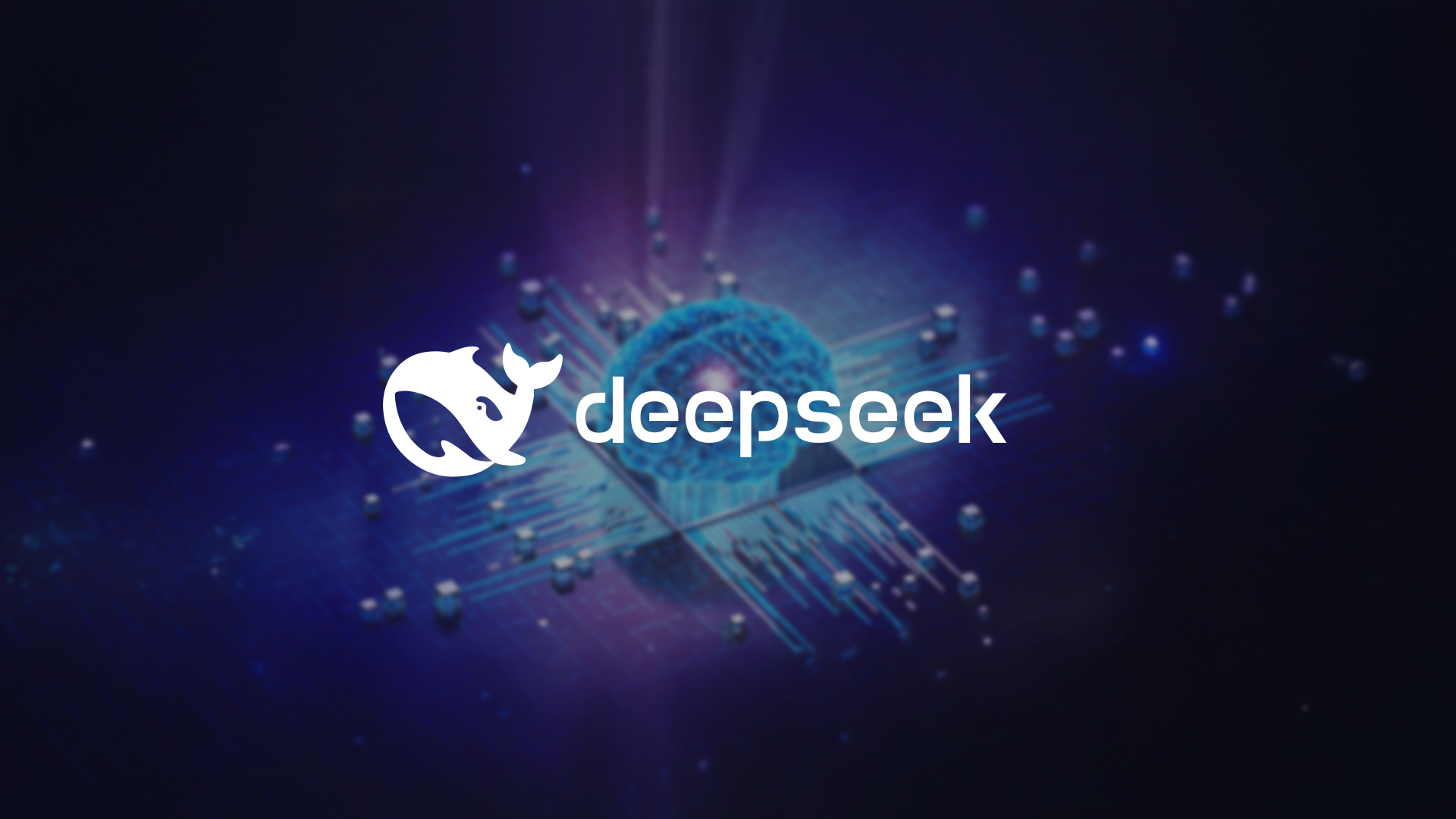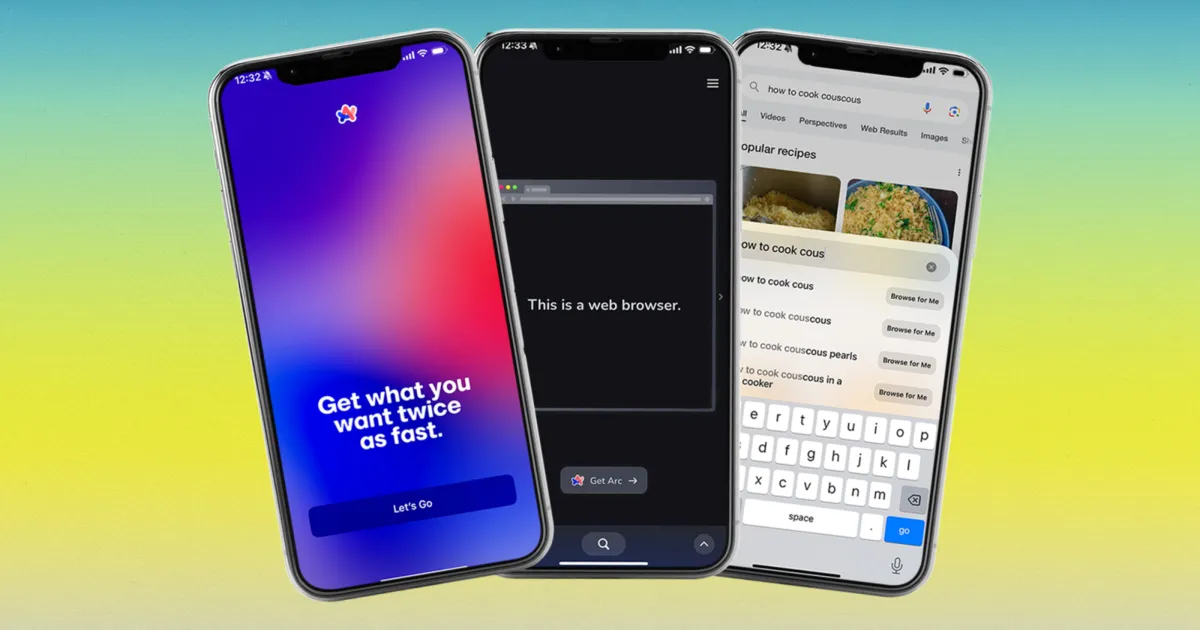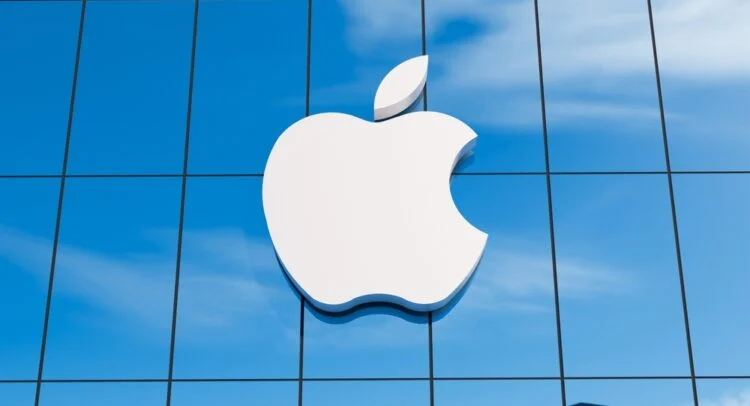
China’s DeepSeek Just Unleashed an AI Powerhouse to Take on OpenAI’s GPT-5
DeepSeek, this up-and-coming Chinese AI company, has quietly dropped their new V3.1 model. And get this—it’s open-source, super efficient, and they’re saying it could give OpenAI’s shiny new GPT-5 a real run for its money. Not bad for a startup that’s been flying a bit under the radar until now.
The announcement came out of nowhere, really. They shared it in a WeChat group and on Hugging Face, that popular platform where devs share AI stuff. This isn’t just some minor update; it’s a beefed-up version of their V3 model, and it’s got folks in the industry buzzing about how China is closing the gap—or maybe even pulling ahead—in the AI game.
What Makes DeepSeek V3.1 Stand Out?
So, let’s break it down a little. The V3.1 has a whopping 685 billion parameters. That’s the kind of scale you see in those top-tier “frontier” models everyone’s talking about. But here’s the clever part: it uses something called a “mixture-of-experts” design. Basically, instead of firing up the whole model for every query, it only activates the bits it needs. That means it’s way cheaper to run, which is a big deal for developers who don’t want to blow their budget on computing power.
And it’s optimized for Chinese-made chips too. You know how there’s all this tension with US export controls on stuff like Nvidia chips? Well, DeepSeek is basically saying, “We don’t need ’em.” They’re building models that work great on homegrown hardware, which could help China reduce its dependence on foreign tech. Plus, they’re pricing it to undercut OpenAI, making it more accessible for everyone from small startups to big enterprises.
This follows their earlier hit, the R1 model from back in January. That one was free and used fewer Nvidia chips than competitors, yet it held its own against heavyweights from OpenAI and Anthropic. Now with V3.1, they’re combining fast, snappy responses with that deep, step-by-step reasoning in one package. It’s a feature that’s popping up in the latest models from Google and Anthropic, but it’s pretty rare in open-source ones. Ben Dickson, a tech analyst, called this hybrid setup “the biggest feature by far.”
How Does It Stack Up Against GPT-5?
OpenAI just rolled out GPT-5, and while it got a lot of hype, some folks say it didn’t quite live up to the massive expectations. Enter DeepSeek V3.1, which experts are saying matches GPT-5 on certain benchmarks. It’s not a total game-changer like their R1 was, but it’s still impressive. William Falcon from Lightning AI put it this way: “It is pretty impressive that they continue making non-marginal improvements.” But he also pointed out that OpenAI’s stuff is easier to deploy, which might keep them ahead for now.
Here’s a quick bullet list of some key points on why V3.1 is turning heads:
- Massive Scale with Efficiency: 685 billion parameters, but smarter design means lower costs—no need to crank up the whole engine for simple tasks.
- Open-Source Advantage: Unlike closed models, anyone can tweak and build on it, which is influencing even OpenAI to open up more of their tech.
- Chinese Chip Optimization: Built to run smoothly on local hardware, sidestepping US restrictions and potentially making AI cheaper in China.
- Versatile Reasoning: Handles quick answers and complex problem-solving in one go, rivaling features in GPT-5 and others.
- Global Adoption Potential: Their earlier models are already being used by American firms, though some hesitate due to geopolitical stuff.
Of course, it’s not all smooth sailing. There are concerns about how these models might lean towards narratives approved by the Chinese government. Researchers have flagged that DeepSeek’s AI sometimes aligns a bit too closely with Communist Party views, which raises questions about bias and trustworthiness. That’s something US companies are wary about, even if the tech is solid.
The Bigger Picture: US-China AI Rivalry Heats Up
This release isn’t happening in a vacuum. It’s part of China’s big push to dominate AI and not rely on the West. Remember how Sam Altman from OpenAI said that competition from Chinese open-source models like DeepSeek pushed them to release their own open-weight stuff? He straight-up admitted, “It was clear that if we didn’t do it, the world was gonna be mostly built on Chinese open-source models.” And he’s worried— he even said, “I’m worried about China,” pointing out that just slapping on export controls might not cut it long-term.
On the flip side, Beijing’s been fighting back by limiting purchases of Nvidia chips and pouring resources into their own tech. It’s like a tech cold war, with AI right at the center. DeepSeek’s moves show that Chinese firms aren’t just catching up; they might be finding ways to do it better and cheaper. If V3.1 lives up to the hype, it could shift how the global AI landscape looks, with more devs turning to affordable, open options from China.
But let’s be real—deployment isn’t everything. OpenAI has that user-friendly edge, and their ecosystem is huge. Still, if DeepSeek keeps iterating like this, who knows? We might see more American apps built on Chinese models, blending the best of both worlds. Or it could amp up the tensions even more, with governments getting involved.
What’s Next for DeepSeek and AI?
Looking ahead, this could spark a wave of innovation. Open-source models like V3.1 lower the barriers, letting smaller players experiment without needing massive funding. It’s exciting, but a little scary too—AI is advancing so fast, and the geopolitical angle adds another layer of complexity.
DeepSeek isn’t a household name yet, but with releases like this, they might not stay quiet for long. They’re part of China’s broader strategy to control advanced AI, and if they keep undercutting prices while matching performance, the big US labs will have to step up their game. Sam Altman isn’t the only one watching closely; the whole industry is.
In the end, it’s consumers and developers who win, right? More choices, better tech, lower costs. But we gotta keep an eye on those bias issues and make sure AI stays neutral as possible. Anyway, if you’re into AI, definitely check out V3.1 on Hugging Face—it’s free to play with, and who knows, it might be the next big thing powering your apps.







